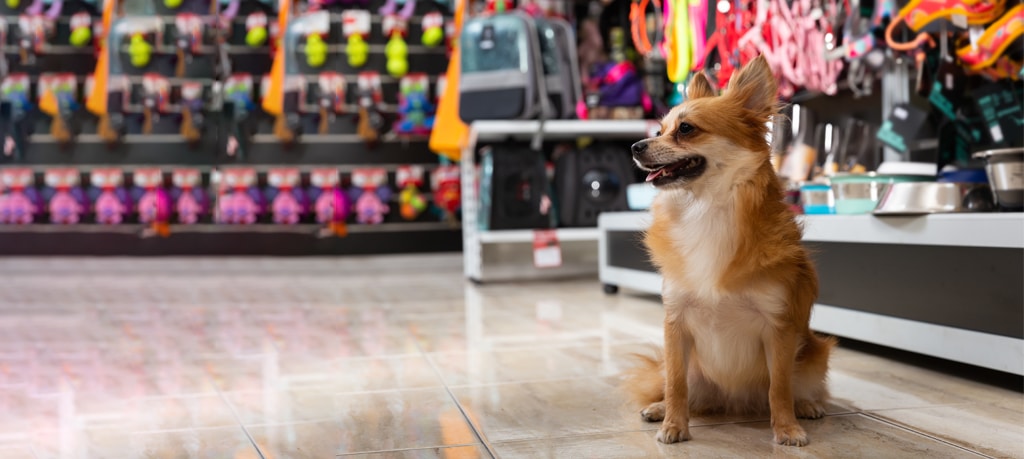By Jen Loesch, Board Member at One Door
When it comes to specialty goods – pet supplies, baby products, sporting goods, or housewares – understanding your customers is critical.
Your customers look to you for products that fulfill specialized needs. They want products that reflect their passions, personalities, and priorities — whether it’s their human babies, their fur babies, or what they love and what makes them feel special.
That “special” can vary from person to person but may also be shared within regions or local communities.
Specialty retailers, from the C-suite right down to the store floor, often share a fierce commitment to meeting their customer’s needs and strive to do so with localized assortments.
And yet… despite the sense of common purpose, there’s often a disconnect – or even outright animosity – between local store teams and corporate leaders who have only virtual views into the local community: general demographics, trends, and preferences.
Take pets as an example: Dogs in Manhattan, NY, tend to be smaller than those in the Dallas suburbs.
Different climates also make specialty product needs quite different for these dogs.
Take the case of the paw balm. Not long ago, a multi-store pet chain decided to rationalize space and HQ decided, based on chain-wide sales, to cut a particular paw balm from stores.
For most stores, this wasn’t a problem. Store managers were happy to give more space to their better-selling products.
However, several stores had loyal customers who relied on that paw balm to protect their beloved pets’ paws during winter. When store managers in the northeast saw the paw balm removed from the new planogram, they hit the roof.
Customers who counted on their stores were disappointed, and the managers couldn’t understand why HQ didn’t take their customers’ preferences — not to mention the regional weather, which should have been obvious — into account.
“Tailoring to consumers in a specialty environment, like pets, is so important,” says Jen Loesch, former Vice President of Merchandising for Petco and former CEO of BreathableBaby.
“You need to be able to create a two-way dialogue, so stores understand why HQ is looking to make particular decisions from a financial or brand perspective, and HQ needs to better understand the local customer and store preferences to make mutually beneficial decisions.”
Unfortunately, it’s hard for specialty retailers to have meaningful, market-specific dialogue when they use one-size-fits-most planogram software. It’s even harder when retailers rely on old-school communication tools like email, company intranets, or phone tag.
This often leads to:
- Ranking top-selling SKUs at a company or regional level
- Asking space planning to fit those into a variety of “like” planograms
- Publishing paper planograms out to the stores
This process often leads to frustration, noncompliance, and an “us vs. them” mentality.
Without real-time communication, HQ can’t quickly respond to questions from store teams. Store teams can’t easily share store-specific insights and feedback. Forget about email. It’s too easy for messages to get buried in inboxes or ignored and forgotten.
As Loesch sees it, technology can play a pivotal role in bridging the divide.
“It’s about meeting in the middle between the needs of customers, the reality in the store, and the needs of HQ,” she said.
With tools like dynamic digital planograms, HQ can easily localize by store, and come up with solutions that meet the needs of individual markets or locations.
Real-time communication tools sit side by side with planograms and instructions giving store teams a chance to ask questions and register concerns.
“I can picture a future world where HQ can publish a pending digital planogram and say, ‘Here are our proposed changes. Any concerns?’ Then, HQ can use technology to aggregate common themes and decide what to address before rolling changes out.”
It’s the retail world that One Door strives to make a reality because collaboration ensures that customer needs and HQ priorities are met.
Schedule a demo to see how One Door’s digital visual merchandising platform makes it easy for HQ and store teams to collaborate.
About Jen Loesch
Jen has held a broad range of consumer-packaged goods and retail leadership roles. She is an Operating Partner at VisioCap, a company of private equity investors focused on pet and juvenile products. She is also the former CEO of BreathableBaby, a VisioCap portfolio company.
She was previously General Manager of Sojos Pet Food, Vice President of Merchandising at Petco, and a 2018 Pet Age Women of Influence winner. Jen is passionate about driving growth and product innovation based on market and customer insights, establishing collaborative partnerships between retailers and manufacturers, and building high-performing teams.
